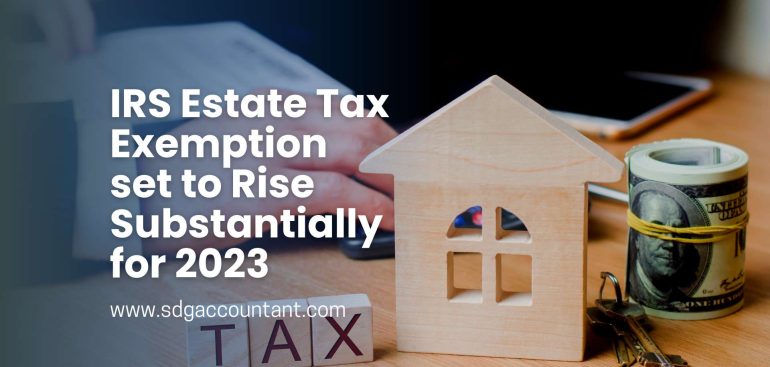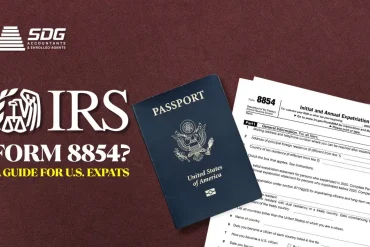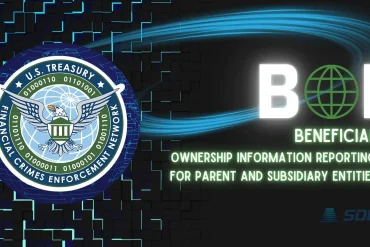The IRS estate tax exemption will once more increase in 2023. Since the exemption is calculated based on the Consumer Price Index, impacted taxpayers shouldn’t assume that this will happen every year. The good news is that it still makes up a sizable amount of the opening chapter for virtually every high-income American.
2023 IRS Estate Tax Exemption
The federal estate tax is typically not applicable to an estate when the value of the estate is less than the exemption level. The exemption amount is greater than $12.92 million for the years 2019 through 2023 (and for married couples, the income beginning in 2022). The exemption for a couple is worth $25.84 million.
IRS Estate Tax Exemption Rate
After all, only a small percentage of Americans who pass away have a net worth of more than $12.92 million. However, not every estate with a net worth in the vicinity of that sum is hit with a tax bill that starts off at a really high rate. A 40% tax rate is applied to about half of the estate’s worth. The amount over $1 million that is subject to lower rates of tax ranges from 18% to 39%, as shown in the table below. On the first $1 million of the asset, this results in an overall tax of $345,800, which is only $54,200 less than the tax you would pay if the estate were taxed at a high rate. On the other hand, after you surpass the $1 million threshold, the remaining estate worth is likewise subject to a 40% tax rate.
| Rate | Taxable Amount (Value of Estate Exceeding Exemption) |
|---|---|
| 18% | $0 to $10,000 |
| 20% | $10,001 to $20,000 |
| 22% | $20,001 to $40,000 |
| 24% | $40,001 to $60,000 |
| 26% | $60,001 to $80,000 |
| 28% | $80,001 to $1,00,000 |
| 30% | $1,00,001 to $1,50,000 |
| 32% | $1,50,001 to $2,50,000 |
| 34% | $2,50,001 to $5,00,000 |
| 36% | $5,00,001 to $7,50,000 |
| 38% | $7,50,001 to $1 Million |
| 40% | Over $1 Million |
Historical IRS Estate Tax Exemption Amounts

The estate tax exemption has only increased over time since the basic estate tax was changed in 1976 (see chart below). The rise is typically minimal, such as when making a small adjustment for inflation. The exemption threshold has, however, occasionally risen. For instance, it increased from $675,000 in 2002 to $1,000,000 in 2011, from $1,000,000 to $5,000,000 in 2011, and from $5.49 million to $11.18 million in 2018.
| Period | Exemption Amount |
|---|---|
| 1977 (Quarters 1 and 2) | $30,000 |
| 1977 (Quarters 3 and 4) | $120,667 |
| 1978 | $134,000 |
| 1979 | $147,333 |
| 1980 | $161,563 |
| 1981 | $175,625 |
| 1982 | $225,000 |
| 1983 | $275,000 |
| 1984 | $325,000 |
| 1985 | $400,000 |
| 1986 | $500,000 |
| 1987 through 1997 | $600,000 |
| 1998 | $625,000 |
| 1999 | $650,000 |
| 2000 and 2001 | $675,000 |
| 2002 through 2010 | $1,000,000 |
| 2011 | $5,000,000 |
| 2012 | $5,120,000 |
| 2013 | $5,250,000 |
| 2014 | $5,340,000 |
| 2015 | $5,430,000 |
| 2016 | $5,450,000 |
| 2017 | $5,490,000 |
| 2018 | $11,180,000 |
| 2019 | $11,400,000 |
| 2020 | $11,580,000 |
| 2021 | $11,700,000 |
| 2022 | $12,060,000 |
| 2023 | $12,920,000 |
State Estate Taxes
Nonetheless, just because there is no federal estate tax does not imply you are completely exempt from paying any state estate taxes. There are estate taxes in eleven states and the District of Columbia, and the state exemption levels are sometimes substantially smaller than the federal estate tax exemption. For instance, in Massachusetts and Oregon, the threshold for a reduced-support exemption is merely $1 million.
Six other states, in addition to Maryland, have inheritance taxes, which are often covered by your own family members. You might leave your children and grandchildren with less money in their pockets than you had intended for since your estate isn’t worth millions of dollars.
If you think you may benefit from the expected increase in the lifetime IRS estate tax exemption amount, please contact us or schedule a consultation today.



